Grazed grass can play a big role in driving milk yields in high input, high output dairying systems. In Antrim, Harold Johnston runs an efficient herd of Holstein/Friesian cows alongside his sons Mark and Jack.
The Johnston farm extends to 159ha (392ac) of grassland, with 72ha owned and the remainder rented on a conacre agreement.
The dairy herd consists of 287 cows at present, although there is a rolling average of 275 cows in milk.

Mark and Jack Johnston milk 275 Holstein-Friesian cows in partnership with their father Harold, at Ahoghill, Co Antrim.
Milk recording suggests the herd produced 677kgMS/cow in 2019 (based on a 305-day predicted yield). Increasing milk solids is an area that is now a key focus of the herd’s breeding policy.
Concentrate fed is 2.8t/cow per year. Milk from forage, a key performance indicator for Northern Ireland, has the herd at 3,246l, double the average for the region.
More from grass
Over the last five years, the focus of herd management has been geared towards producing more milk from forage. The target is to increase milk produced from grazed grass and silage to 3,500l/cow.
At the start of February, just 10 cows were left to calve
The first step to achieving this is tightening the calving pattern. Currently, the herd starts calving during the last week of August, with approximately 80% of all cows calved by Christmas.
The remaining cows usually finish calving by mid-February. At the start of February, just 10 cows were left to calve.
The plan is to pull late January- and February-calving cows forward, so that all animals finish calving by mid-January 2021.
The reasoning behind this move is to have a higher number of freshly-calved cows settled in-calf before spring turn-out, so lactating animals have a longer grazing season.
Grazing
While high output Holstein cows are commonly managed in contained systems, the Johnstons normally start turning cows out to grass by day around the 15 to 20 March, weather depending.
Cows are rehoused at night. Full-time grazing normally commences from late April to early May.
Soil type is heavy, with the farm experiencing approximately 40in of rain annually
Cows are filtered out to grass in stages, depending on ground conditions and grass growth.
The grazing platform consists of 125ac, managed in 31 paddocks approximately 4.5ac in size.
Soil type is heavy, with the farm experiencing approximately 40in of rain annually.
Grass measuring is carried out weekly and in 2019, 28 measurements were recorded from 28 February to 6 October.
Grazing paddocks grew an average of 15.9t DM/ha, with individual yields ranging from 12.1t up to 20.1t DM/ha.
Milking cows are managed as one grazing group, with a stocking rate of 3.47LU/ha in 2019, completing 14 rotations of the grazing platform.
The Johnstons believe that pre-mowing improves sward utilisation, keeping rotation length on track
During late spring and early summer, grazing swards are pre-mowed to control grass quality. This is preferred to topping after each grazing.
The Johnstons believe that pre-mowing improves sward utilisation, keeping rotation length on track.
It also controls pre-grazing covers and improves grass quality in the next rotation, as regrowth comes from a clean base.
Fertiliser
All ground receives sulphur in spring, with 60t of lime spread last year. Just 10% of the farm is below pH6 and the whole farm is soil tested every three years.
Fertiliser received 100 units/ac of urea in spring, followed by a nitrogen dressing after every grazing.
Silage ground gets urea in spring, followed by 25-0-5 and straight nitrogen, depending on soil fertility levels and how much slurry is applied between cuts.
Silage
Around 250ac of ground is closed off for first-cut silage, which is harvested in mid-May. Second-cut is then harvested in late June, with a third cut taken in August.
All three cuts are ensiled in separate clamps. Silage reserves are boosted by removing surplus grass from the grazing block as bales.
Silage analysis for first-cut harvested in 2019 was 72% D-Value, 11.7 Mj ME and 17.3% crude protein. It forms the bulk of the diet for lactating cows.
Forage diet
Once calved, cows move straight into the high-yielding group. These animals are fed a maintenance diet of first-cut silage and 7.5kg of concentrate through a TMR, based on a daily yield of 28l of milk.
Heifers are fed the same ration to produce 24l daily. Cows are then topped up in the parlour at a rate of 0.45kg of concentrate for every litre produced above 28l and 24l respectively.
Cows typically peak at 45l to 50l on twice-per-day milking. All cows are milked through a 20-point swing over parlour.
Drying off starts in June, with cows getting a 60-day break from the parlour
During the grazing season, cows receive small amounts of supplementary concentrate through the feed-to-yield system in the parlour.
Drying off starts in June, with cows getting a 60-day break from the parlour. Cows are dried off using selective dry cow therapy, which uses teat sealants on cows with low cell counts and no history of mastitis, rather than a blanket use of antibiotics.
Around one month prior to calving, cows are housed and fed the pre-calving mix, which is based on silage, 4kg of straw and 3kg of ration plus minerals.
Once calved, cows are milked and calves receive 4l of colostrum via a stomach tube within a few hours of being born.
Breeding changes
As well as focusing on getting more milk form forage, the herd breeding policy is currently in transition.
Herd sires are now selected based on fertility and high milk solids using sexed semen from high PLI index sires.
Heifers were also genomically tested for the first time in 2019
Heifer calves from these bulls hit the ground in autumn 2019 and will be held for future herd replacements.
Heifers were also genomically tested for the first time in 2019, in order to identify the replacements in the herd with the most desirable traits.
Breeding starts in mid-November, with 53 heifers synchronised and served to sexed semen.
Mature cows with high PLI figures are also bred to sexed semen, with lower PLI animals served to Angus.
Pregnancy scanning began in early January, with 85 cows confirmed in-calf. Scanning at the end of January confirmed another 39 cows were in-calf.
Both cows and heifers are swept up with stock bulls, which includes Angus for cows and a Stabiliser for heifers.
Future plans
As progressive farmers, the Johnston family are constantly looking to improve their business.
Changes to herd management will mostly revolve around breeding cows with higher butterfat and protein, maintaining yields and tightening the calving pattern to finish in January.
Future expansion is unlikely, as cubicle housing is at capacity
The herd has expanded from 220 to 287 cows in the last five years. However, future expansion is unlikely, as cubicle housing is at capacity.
Additional housing has been rented and is currently used for heifer rearing, which could possibly allow for dry stock housing to be altered to accommodate more milking cows.
Walking paddocks to measure grass has really focused the mind on the potential for managing high-yielding cows on a grass based system.Taking soil samples every three years means fertiliser can be targeted to keep ground productive.Breeding a more durable cow that produces milk from forage and has good fertility. Read more
Fertiliser starts £50/t down on 2019
Calf price key to profits of dairy beef
Grazed grass can play a big role in driving milk yields in high input, high output dairying systems. In Antrim, Harold Johnston runs an efficient herd of Holstein/Friesian cows alongside his sons Mark and Jack.
The Johnston farm extends to 159ha (392ac) of grassland, with 72ha owned and the remainder rented on a conacre agreement.
The dairy herd consists of 287 cows at present, although there is a rolling average of 275 cows in milk.

Mark and Jack Johnston milk 275 Holstein-Friesian cows in partnership with their father Harold, at Ahoghill, Co Antrim.
Milk recording suggests the herd produced 677kgMS/cow in 2019 (based on a 305-day predicted yield). Increasing milk solids is an area that is now a key focus of the herd’s breeding policy.
Concentrate fed is 2.8t/cow per year. Milk from forage, a key performance indicator for Northern Ireland, has the herd at 3,246l, double the average for the region.
More from grass
Over the last five years, the focus of herd management has been geared towards producing more milk from forage. The target is to increase milk produced from grazed grass and silage to 3,500l/cow.
At the start of February, just 10 cows were left to calve
The first step to achieving this is tightening the calving pattern. Currently, the herd starts calving during the last week of August, with approximately 80% of all cows calved by Christmas.
The remaining cows usually finish calving by mid-February. At the start of February, just 10 cows were left to calve.
The plan is to pull late January- and February-calving cows forward, so that all animals finish calving by mid-January 2021.
The reasoning behind this move is to have a higher number of freshly-calved cows settled in-calf before spring turn-out, so lactating animals have a longer grazing season.
Grazing
While high output Holstein cows are commonly managed in contained systems, the Johnstons normally start turning cows out to grass by day around the 15 to 20 March, weather depending.
Cows are rehoused at night. Full-time grazing normally commences from late April to early May.
Soil type is heavy, with the farm experiencing approximately 40in of rain annually
Cows are filtered out to grass in stages, depending on ground conditions and grass growth.
The grazing platform consists of 125ac, managed in 31 paddocks approximately 4.5ac in size.
Soil type is heavy, with the farm experiencing approximately 40in of rain annually.
Grass measuring is carried out weekly and in 2019, 28 measurements were recorded from 28 February to 6 October.
Grazing paddocks grew an average of 15.9t DM/ha, with individual yields ranging from 12.1t up to 20.1t DM/ha.
Milking cows are managed as one grazing group, with a stocking rate of 3.47LU/ha in 2019, completing 14 rotations of the grazing platform.
The Johnstons believe that pre-mowing improves sward utilisation, keeping rotation length on track
During late spring and early summer, grazing swards are pre-mowed to control grass quality. This is preferred to topping after each grazing.
The Johnstons believe that pre-mowing improves sward utilisation, keeping rotation length on track.
It also controls pre-grazing covers and improves grass quality in the next rotation, as regrowth comes from a clean base.
Fertiliser
All ground receives sulphur in spring, with 60t of lime spread last year. Just 10% of the farm is below pH6 and the whole farm is soil tested every three years.
Fertiliser received 100 units/ac of urea in spring, followed by a nitrogen dressing after every grazing.
Silage ground gets urea in spring, followed by 25-0-5 and straight nitrogen, depending on soil fertility levels and how much slurry is applied between cuts.
Silage
Around 250ac of ground is closed off for first-cut silage, which is harvested in mid-May. Second-cut is then harvested in late June, with a third cut taken in August.
All three cuts are ensiled in separate clamps. Silage reserves are boosted by removing surplus grass from the grazing block as bales.
Silage analysis for first-cut harvested in 2019 was 72% D-Value, 11.7 Mj ME and 17.3% crude protein. It forms the bulk of the diet for lactating cows.
Forage diet
Once calved, cows move straight into the high-yielding group. These animals are fed a maintenance diet of first-cut silage and 7.5kg of concentrate through a TMR, based on a daily yield of 28l of milk.
Heifers are fed the same ration to produce 24l daily. Cows are then topped up in the parlour at a rate of 0.45kg of concentrate for every litre produced above 28l and 24l respectively.
Cows typically peak at 45l to 50l on twice-per-day milking. All cows are milked through a 20-point swing over parlour.
Drying off starts in June, with cows getting a 60-day break from the parlour
During the grazing season, cows receive small amounts of supplementary concentrate through the feed-to-yield system in the parlour.
Drying off starts in June, with cows getting a 60-day break from the parlour. Cows are dried off using selective dry cow therapy, which uses teat sealants on cows with low cell counts and no history of mastitis, rather than a blanket use of antibiotics.
Around one month prior to calving, cows are housed and fed the pre-calving mix, which is based on silage, 4kg of straw and 3kg of ration plus minerals.
Once calved, cows are milked and calves receive 4l of colostrum via a stomach tube within a few hours of being born.
Breeding changes
As well as focusing on getting more milk form forage, the herd breeding policy is currently in transition.
Herd sires are now selected based on fertility and high milk solids using sexed semen from high PLI index sires.
Heifers were also genomically tested for the first time in 2019
Heifer calves from these bulls hit the ground in autumn 2019 and will be held for future herd replacements.
Heifers were also genomically tested for the first time in 2019, in order to identify the replacements in the herd with the most desirable traits.
Breeding starts in mid-November, with 53 heifers synchronised and served to sexed semen.
Mature cows with high PLI figures are also bred to sexed semen, with lower PLI animals served to Angus.
Pregnancy scanning began in early January, with 85 cows confirmed in-calf. Scanning at the end of January confirmed another 39 cows were in-calf.
Both cows and heifers are swept up with stock bulls, which includes Angus for cows and a Stabiliser for heifers.
Future plans
As progressive farmers, the Johnston family are constantly looking to improve their business.
Changes to herd management will mostly revolve around breeding cows with higher butterfat and protein, maintaining yields and tightening the calving pattern to finish in January.
Future expansion is unlikely, as cubicle housing is at capacity
The herd has expanded from 220 to 287 cows in the last five years. However, future expansion is unlikely, as cubicle housing is at capacity.
Additional housing has been rented and is currently used for heifer rearing, which could possibly allow for dry stock housing to be altered to accommodate more milking cows.
Walking paddocks to measure grass has really focused the mind on the potential for managing high-yielding cows on a grass based system.Taking soil samples every three years means fertiliser can be targeted to keep ground productive.Breeding a more durable cow that produces milk from forage and has good fertility. Read more
Fertiliser starts £50/t down on 2019
Calf price key to profits of dairy beef





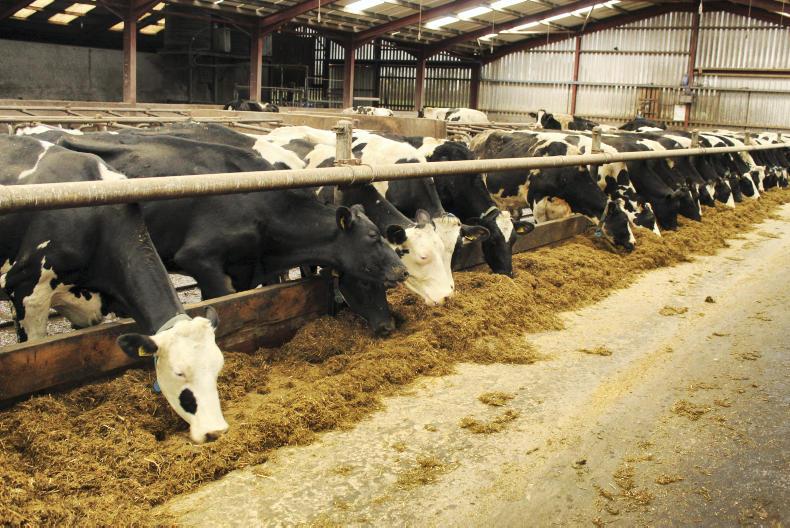
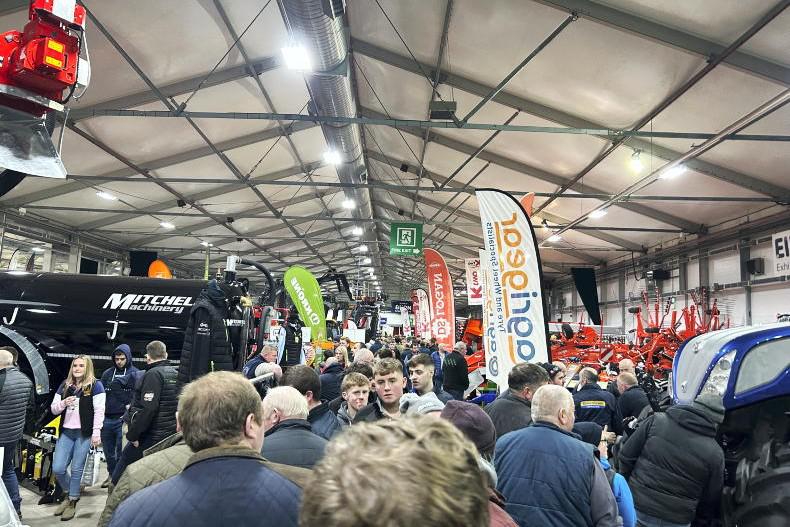
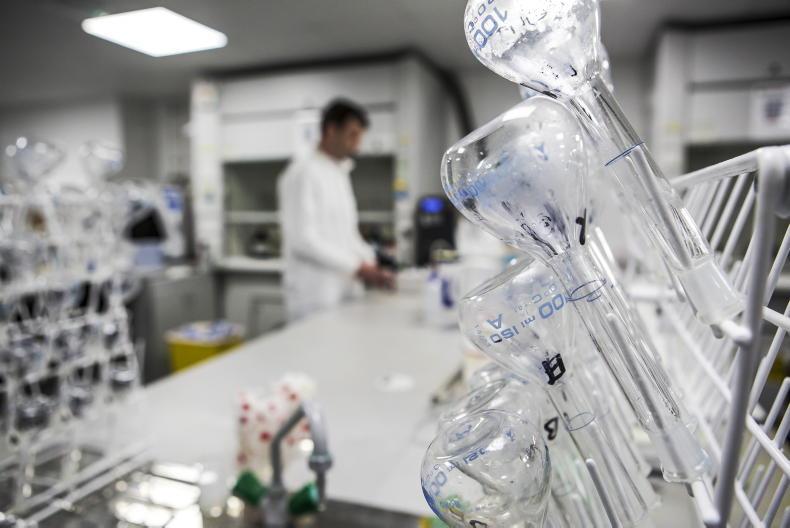
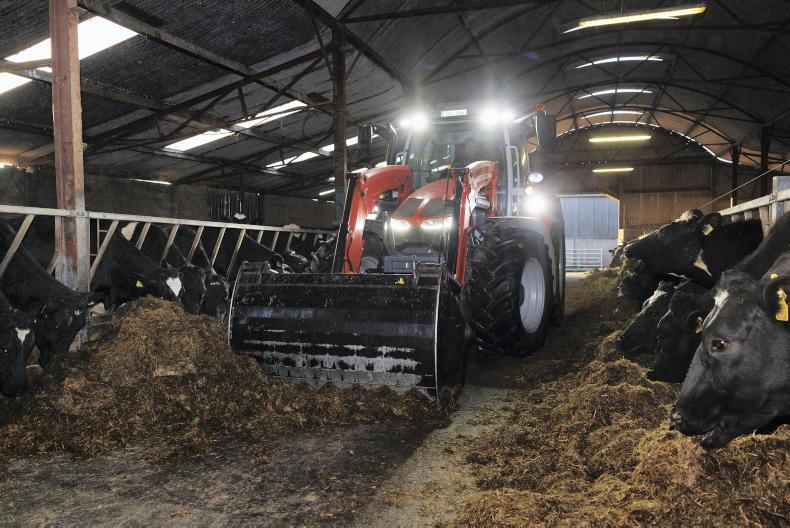
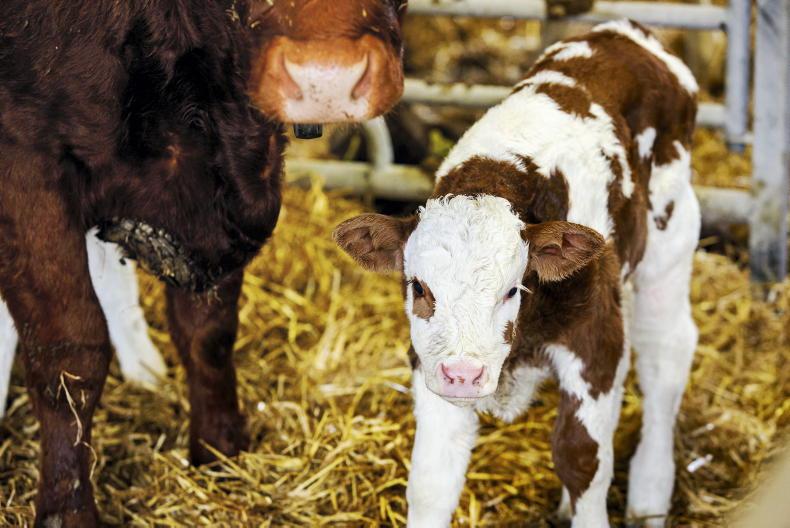
SHARING OPTIONS